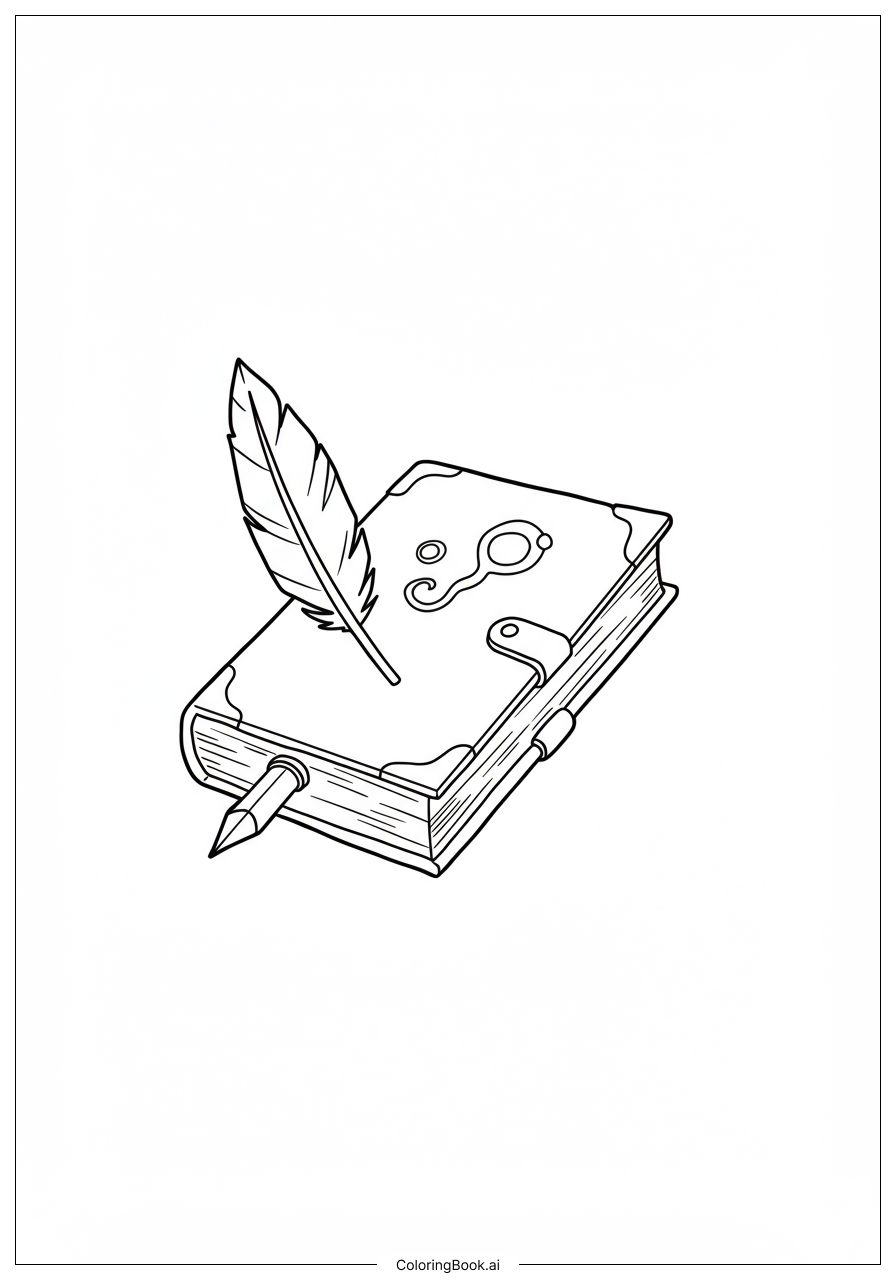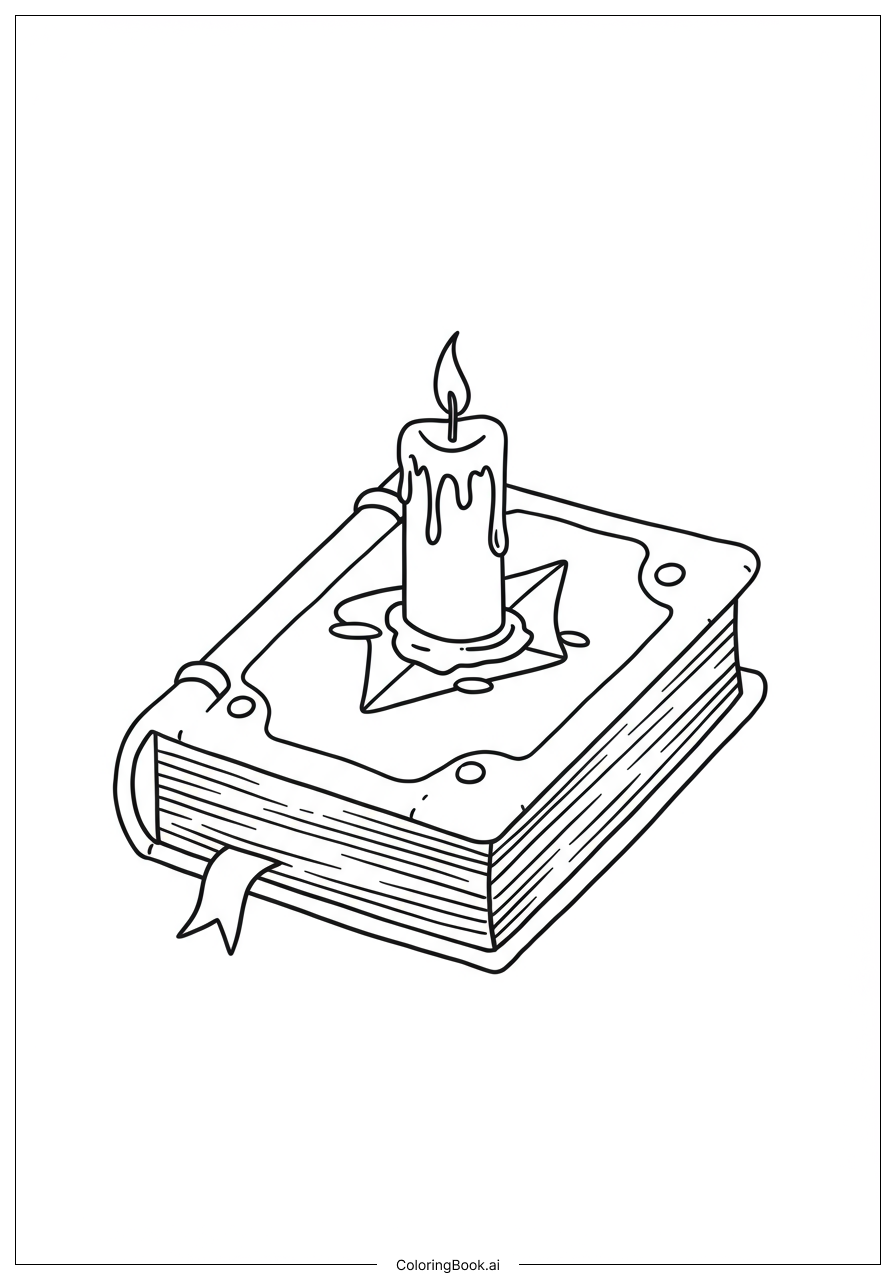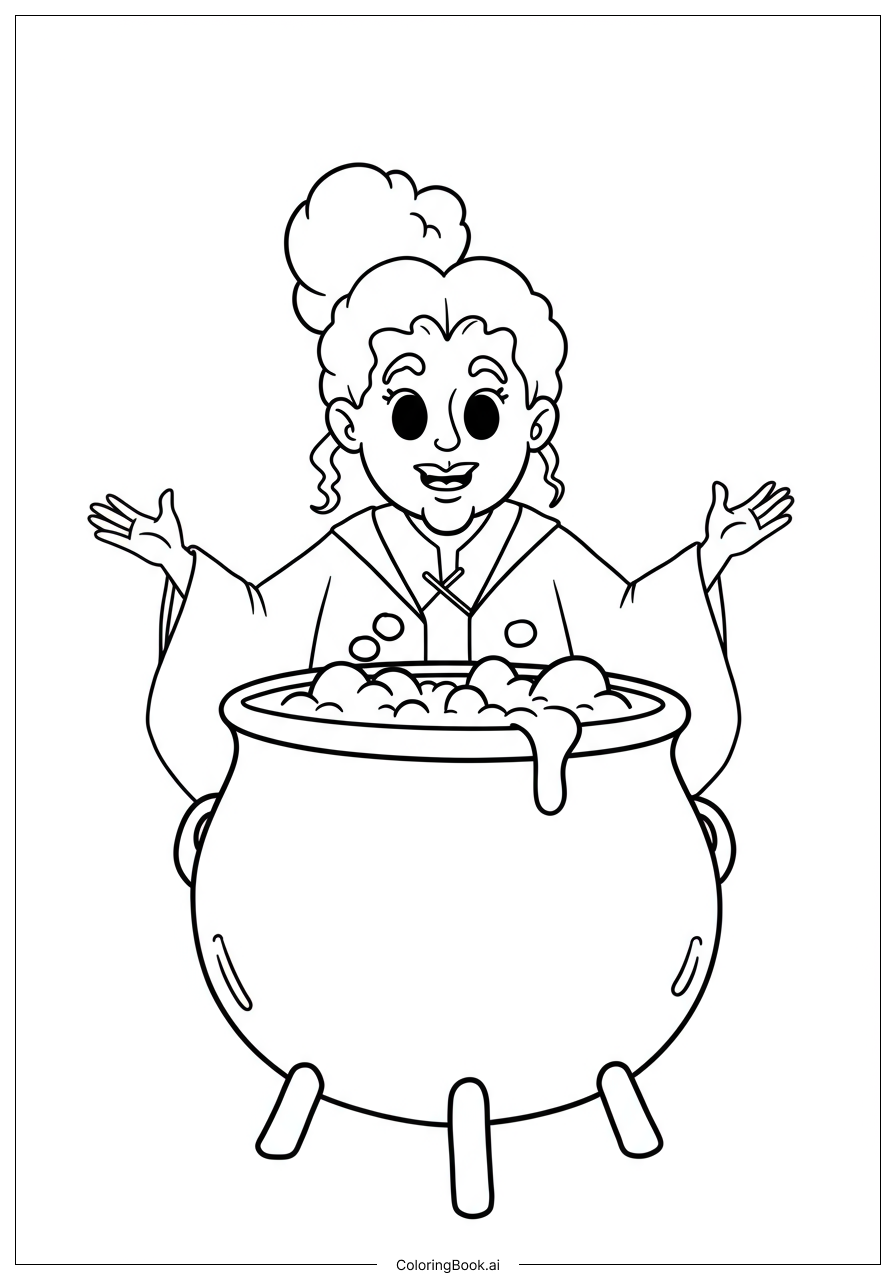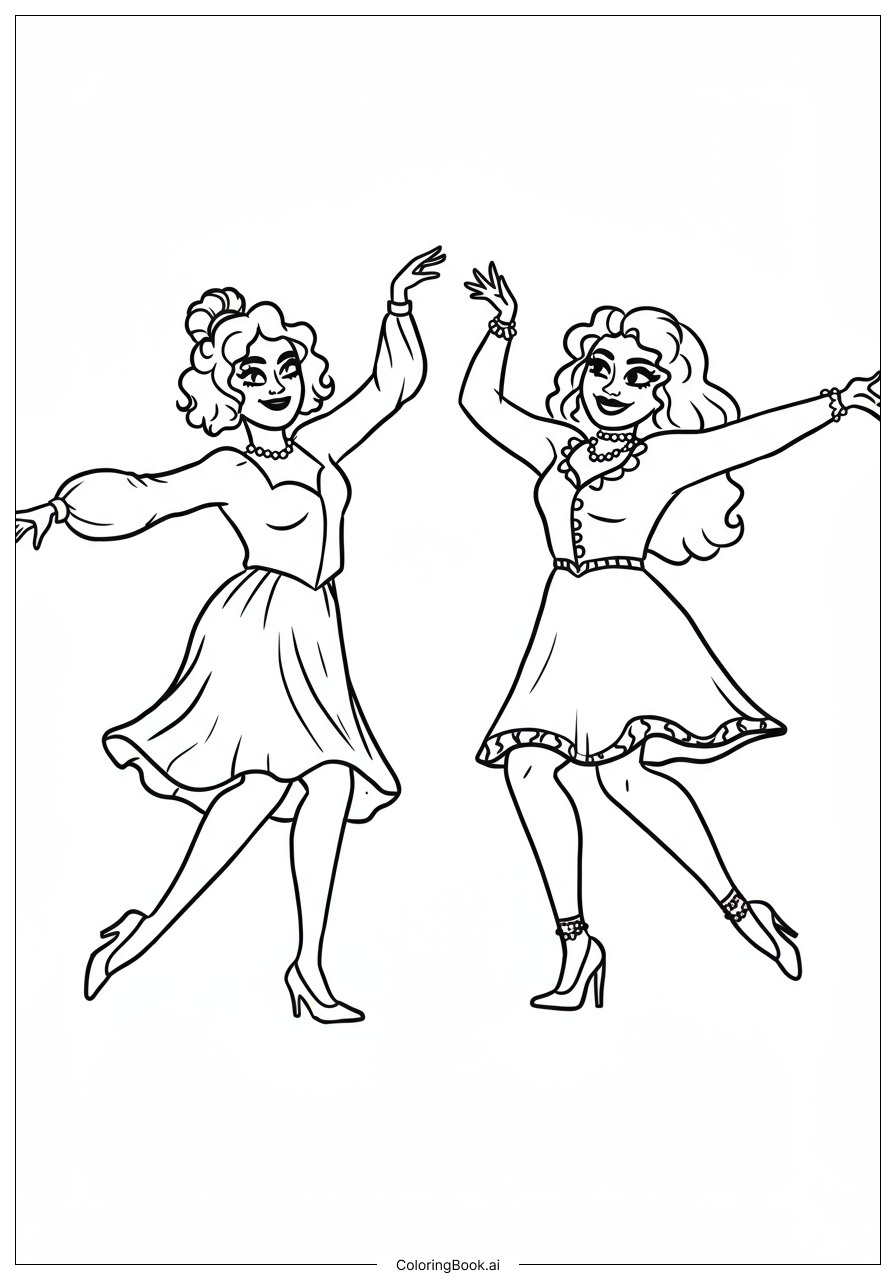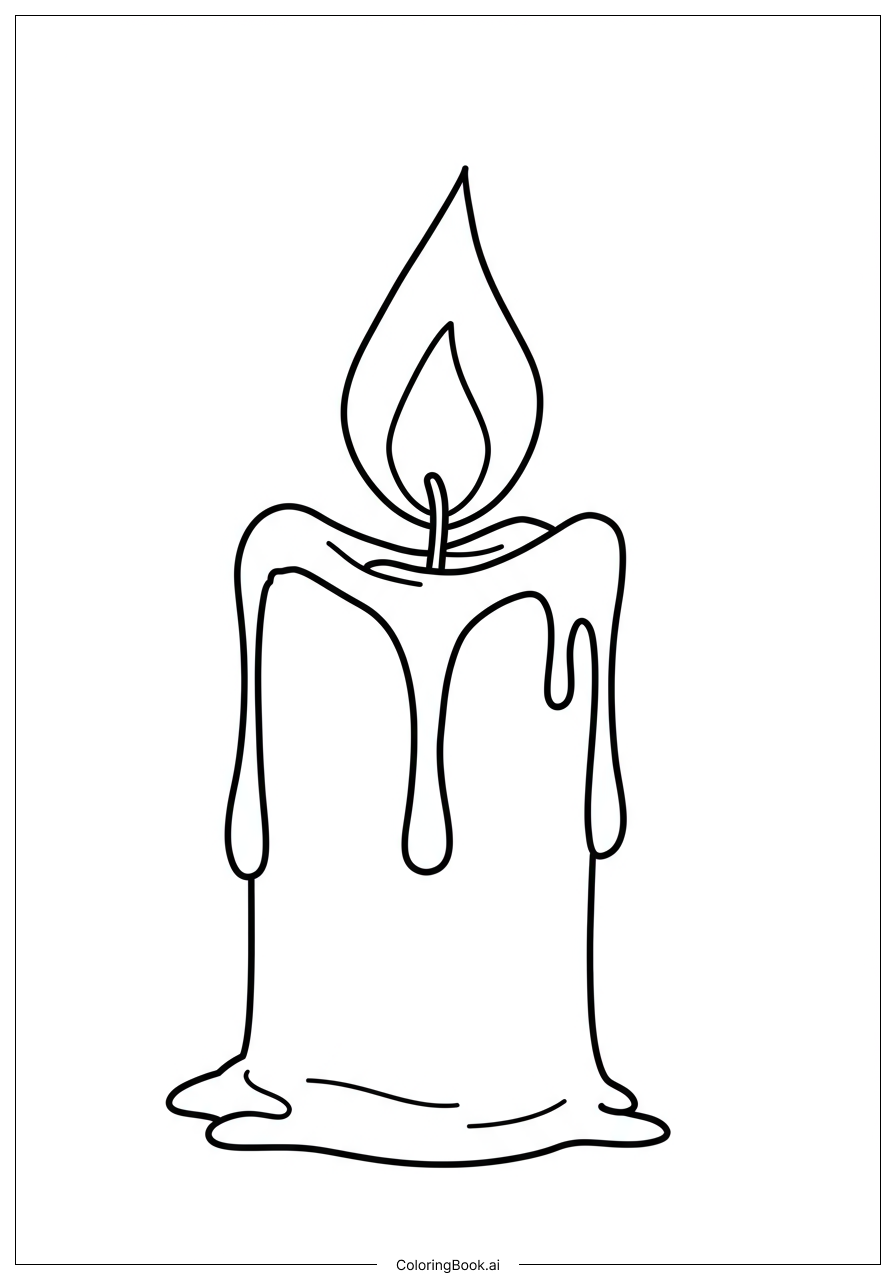Coloring tips: How to color Hocus Pocus Spellbook Quill Pen coloring page well?
Consider using bright colors for the book's cover to make it stand out. Shades of blue, red, or green can add life to the page. The quill can be painted in golden or silver hues for a magical touch. Don't forget to fill the symbols and patterns on the book with different colors to create a vibrant effect. Using sparkly gel pens can give the coloring a shiny look, making the spellbook appear even more enchanting.
Coloring challenges: Which parts are difficult to color and need attention for Hocus Pocus Spellbook Quill Pen coloring page?
1. The intricate designs on the book's cover can be challenging. It may be hard to stay inside the lines, especially for younger children. Pacing is important here. 2. Choosing colors that complement each other might be tricky. Kids might find it difficult to decide on a color palette, which can lead to frustration. 3. Shading and blending colors could be difficult for younger artists. Mastering these techniques takes time and practice. 4. Filling in the small details and symbols requires focus and patience. Young artists might rush, leading to uneven coloring or missed spots. 5. The quill pen's fine details also pose a challenge. Getting the feather’s texture right may require extra attention.
Benefits of coloring books: Advantages of drawing Hocus Pocus Spellbook Quill Pen coloring page
Coloring this enchanting spellbook can help children improve their creativity and imagination. It allows them to explore different color combinations and express their artistic flair. Coloring is also a fun way to develop fine motor skills. As kids carefully navigate the lines, they enhance their hand-eye coordination. Additionally, this activity can serve as a calming exercise, helping children relax and focus. Engaging with magical themes can spark interest in storytelling and fantasy worlds. Overall, coloring this page is both fun and beneficial!
